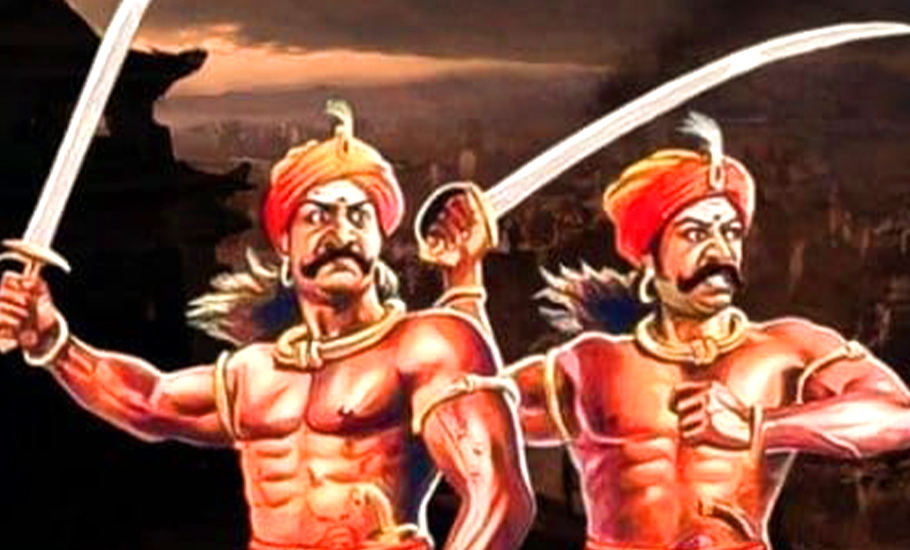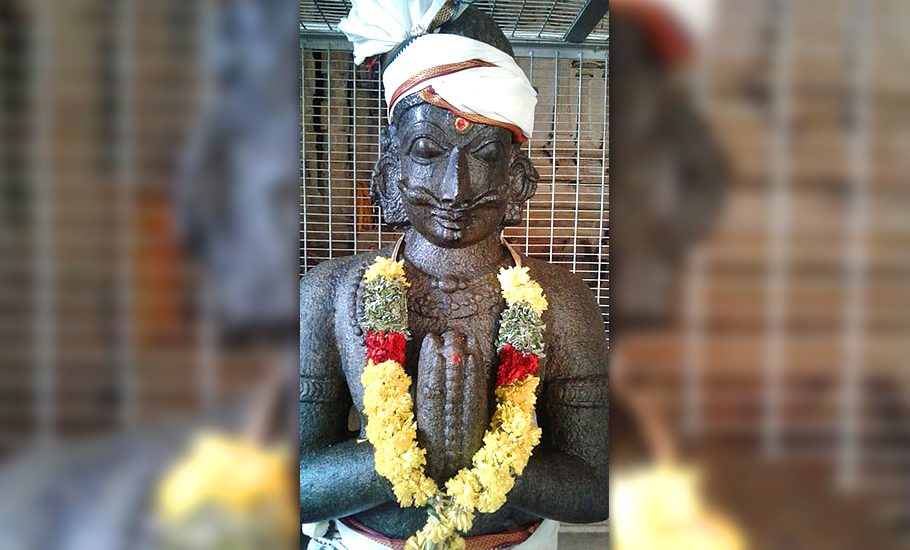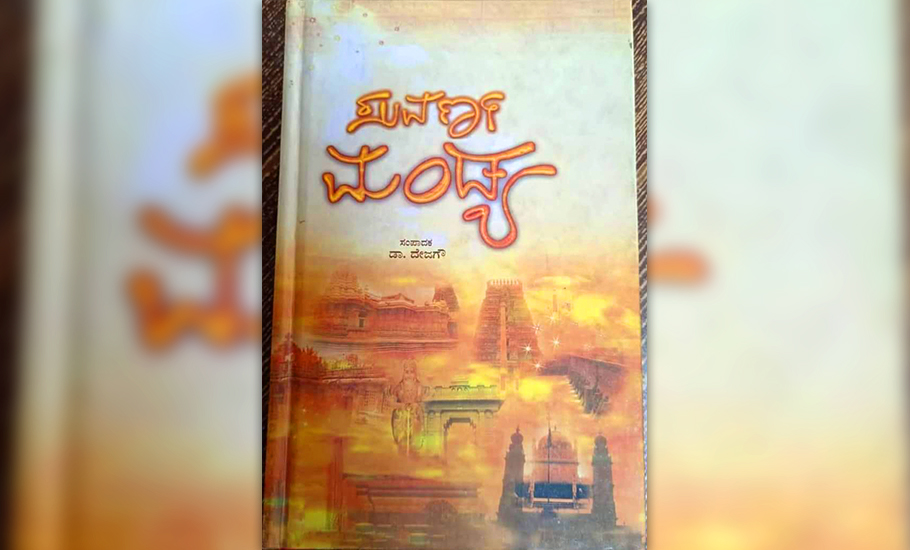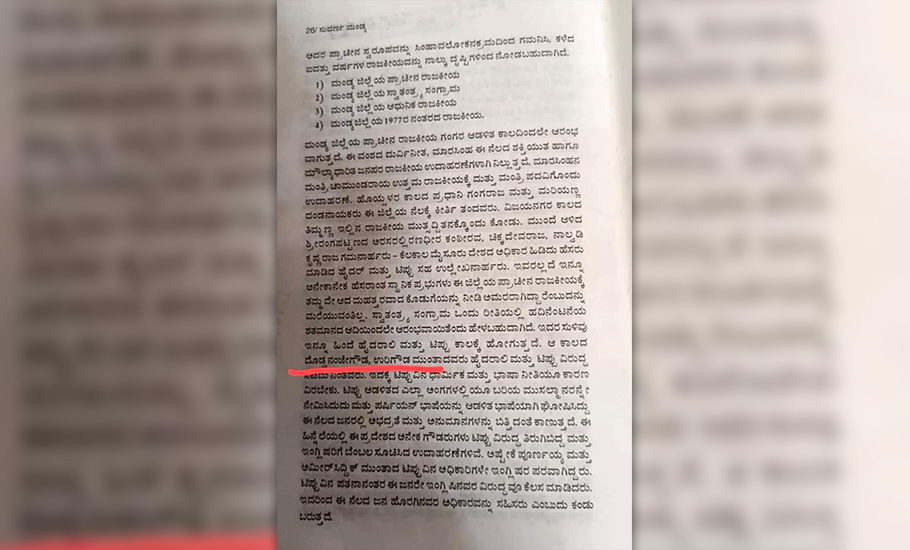
- Home
- India
- World
- Premium
- THE FEDERAL SPECIAL
- Analysis
- States
- Perspective
- Videos
- Sports
- Education
- Entertainment
- Elections
- Features
- Health
- Business
- Series
- In memoriam: Sheikh Mujibur Rahman
- Bishnoi's Men
- NEET TANGLE
- Economy Series
- Earth Day
- Kashmir’s Frozen Turbulence
- India@75
- The legend of Ramjanmabhoomi
- Liberalisation@30
- How to tame a dragon
- Celebrating biodiversity
- Farm Matters
- 50 days of solitude
- Bringing Migrants Home
- Budget 2020
- Jharkhand Votes
- The Federal Investigates
- The Federal Impact
- Vanishing Sand
- Gandhi @ 150
- Andhra Today
- Field report
- Operation Gulmarg
- Pandemic @1 Mn in India
- The Federal Year-End
- The Zero Year
- Science
- Brand studio
- Newsletter
- Elections 2024
- Events
- Home
- IndiaIndia
- World
- Analysis
- StatesStates
- PerspectivePerspective
- VideosVideos
- Sports
- Education
- Entertainment
- ElectionsElections
- Features
- Health
- BusinessBusiness
- Premium
- Loading...
Premium - Events

In Karnataka poll season, how Tipu Sultan’s killers ‘caught’ by BJP went missing

On March 12 when Narendra Modi visited Karnataka to inaugurate the Mysuru-Bengaluru highway, four arches were put up on the route to welcome him. One of them was named after Kempe Gowda, a chieftain of the Vijayanagara Empire, credited with developing Bengaluru, the second one after Krishnaraja Wodeyar, the former ruler of Mysuru, and the third after M Visvesvaraya, who is among the...
On March 12 when Narendra Modi visited Karnataka to inaugurate the Mysuru-Bengaluru highway, four arches were put up on the route to welcome him. One of them was named after Kempe Gowda, a chieftain of the Vijayanagara Empire, credited with developing Bengaluru, the second one after Krishnaraja Wodeyar, the former ruler of Mysuru, and the third after M Visvesvaraya, who is among the country’s foremost engineers. It is the fourth arch, however, which led many to raise eyebrows. Named after Uri Gowda and Nanje Gowda, the arch reignited the debate over Tipu’s legacy before it was removed and replaced.
The Bharatiya Janata Party has contended that it was Uri and Nanje who killed Tipu. Interestingly, while Tipu died in 1799, his ‘killers’ remained unheard of till 2022.
The first proper mention of Uri and Nanje was in the play Tippu Nijakanasugalu (Real Dreams of Tipu) written by the former director of Rangayana, Addanda Cariappa. In November 2022, the play created a stir after it was staged in Mysuru and a book was published with the same theory.
Historical accounts suggest Tipu Sultan’s Mysorean rockets, the first iron-cased rockets in the world to be successfully deployed for military use, handed the British some of their worst defeats in India during the 1780s and 1790s. Centuries later, the BJP and the Congress continue to rain artillery fire in the form of barbs and brickbats over everything concerning the Indian Muslim ruler of the Kingdom of Mysore.

The two parties have contested the legacy of Tipu with the Congress honouring him as a ruler who fought the British, and the BJP seeing him as a mass murderer.
In the latest of this artillery exchange, the BJP has extended support to the theory that Tipu died at the hands of Uri and Nanje. The two names have started featuring in right-wing narratives as the Vokkaliga chieftains, who ended the reign of Tipu during the Anglo-Indian War-3 in the 17th century.
“Uri Gowda and Nanje Gowda belong to our society, our people, our country,” said Karnataka IT and Higher Education Minister Dr CN Ashwatha Narayan. “They are not fictional characters but have been recorded in history.”
But historical accounts silently refute Narayan’s claims and the claims of other BJP leaders.
There is no proof in history about the existence of the ‘heroes’ BJP is trying to honour.
The clash between the BJP and the Congress over Tipu has been an ongoing slugfest ever since the Siddaramaiah government decided to celebrate Tipu Jayanthi (Tipu’s birthday anniversary) in 2013. The BJP sees the Jayanthi as a ploy to appease Muslim voters and has branded the Mysore ruler as a communal king of Karnataka, who committed Hindu genocide and forced his Hindu subjects to convert to Islam.
The BJP contends that Uri and Nanje joined the Britishers in a bid to kill Tipu because they wanted to end his reign of atrocities against the Hindus. A plot, which the narrative says, was executed with precision and success.
The polarisation card
After Tippu Nijakanasugalu was staged, BJP national general secretary CT Ravi was quick to claim that Uri and Nanje were no fictional characters but Vokkaliga chieftains. The BJP’s move is being seen as an attempt to pit Vokkaligas against the Muslims to divide voters in Old Mysuru region.
Vokkaligas traditionally support the Janata Dal (Secular) and the Congress in the region, where the BJP has no strong base. The BJP had pinned hopes on the leaders from the Congress and the JDS, who jumped ships to join the BJP during ‘Operation Lotus’, to make inroads in the region. The very same Vokkaliga leaders are, however, now trying to join the Congress and the development has left the BJP worried and desperate. The BJP senses that expanding its base in the Old Mysuru region is a tough task unless the party can polarise voters along Hindu-Muslim lines.
The trick may work for the party as while Other Backward Classes and Muslims are supporting the Congress, Vokkaligas are supporting both the Congress and the JD(S). A division of their votes could mean ‘advantage BJP’. The BJP wants Uri and Nanje to be seen as Hindu Vokkaliga heroes and thus win over the young Vokkaliga voters who are attracted to the BJP.
Dr CN Ashwatha Narayana, who is projecting himself as BJP’s Vokkaliga face in the Old Mysuru region is trying to divide the caste base of HD Kumaraswamy from JD(S) and DK Shivakumar of the Congress. Other than him, the Hindu-Vokkaliga faces of the BJP include CT Ravi and Union Minister for State Shobha Karandlaje. All of them are supporters of the theory that Tipu died at the hands of Uri and Nanje.
Beyond the BJP, however, the theory has been rubbished.
Puncturing holes in the Uri-Nanje theory
So intense has been the criticism of the ‘myth’ from historians, academicians, cultural activists and the opposition, including the Congress and the JD(S), that the BJP’s central leadership asked the state unit to remove the posters when Narendra Modi visited Mandya, serving a huge setback to Ashwatha Narayana and others.
Prof PV Nanjaraja Urs, a historian who has worked on the history of Tipu Sultan and Mysore kings, told The Federal, “I have studied history for many years. These names do not appear anywhere in Tipu’s history. This is a history authored in WhatsApp University.
These names have come to the fore in the last two years. Uri Gowda and Nanje Gowda’s story has been spread on WhatsApp targeting the Vokkaliga community. I am saddened to know that Mysore Rangayana director Addanda C Cariappa has included this lie in his latest propaganda play work.”
“The evening Tipu died, the British searched his house because British General George Harris had a suspicion that Tipu could be alive. As soon as Tipu’s body was found, General Harris said: ‘India is ours today. We conquered India.’ All historians, whether for or against Tipu, have written the same. But what does WhatsApp say? Seeing Tipu on the battlefield, Uri and Nanje Gowda charged at him with their swords. Scared, Tipu tried to flee, and Uri and Nanje managed to get to Tipu and kill him. This raises the obvious question, what were Tipu’s soldiers doing? Eating peanuts,” Urs questioned.
The play of the myth
Tippu Nijakanasu currently being staged by the repertory, Rangayana, is controversial for its depiction of Tipu Sultan and the claim that the Mysore king did not die fighting the British, but was killed by Vokkaliga leaders.

Addanda Cariappa is the director of the government run play-troupe Rangayana, who has written and directed Tippu Nijakanasu as a rebuttal of the old play written by Girish Karnad, Tippu Kanasugalu. While Cariappa describes the play as “a stage adaptation of real history”, he is yet to produce evidence to support it, drawing condemnation from historians.
The play opens with the scene of Tipu’s death in Srirangapatna Fort during the Anglo-Mysore War on May 4, 1799. The climax shows Uri and Nanje disguised as Tipu’s soldiers describing themselves as “valiant Vokkaligars”, loyal to the Wadiyar rulers of Mysore, and killing Tipu. They declare Tipu’s “dream of a Muslim empire” will end with his death.
Fake images
An image of two heroes standing with swords in hand is being widely shared on social media. The claim is that the two are Nanje and Uri. But historians have refuted the claim.
Interestingly, the images are reportedly that of two brothers, Periya and Chinna Marudhu, considered to be heroes of Tamil Nadu.
Sources say Periya and Chinna were prominent in the erstwhile Sivagangai region of Tamil Nadu in the late 18th century and fought against the East India Company. Historical accounts say that they were captured and hanged by the British later.
An article published on Tamilvalai.com, titled, ‘Historians have neglected the history of South India’, sheds light on the Marudhu Pandiyar brothers and how they waged a struggle for farmers of the region. It is said the brothers fought valiantly for their queen Veera Velu Nachiyar.

Interestingly, Tipu Sultan supported the anti-British struggle waged by the two, now being shown as people who killed him. Hyder Ali (Tipu’s father) supported Rani Velu Nachiyar’s struggle against the British. Reference to the same are found in Tamil texts even today.
The fact that images of other historical characters are being passed off as Uri and Nanje has received wide criticism from historians.
“Uri Gowda and Nanje Gowda are false creations,” said professor Purushottama Bilimale, former head of Kannada at the Kannada Language Chair at Jawaharlal Nehru University, New Delhi.
Some believe the BJP’s attempt is a disservice to the Vokkaliga community.
“The BJP and the Sangh Parivar are trying to pin the betrayal of Tipu’s death on the head of two people from one community. They are painting the farming community as a traitorous lot which is historically incorrect,” said historian Dr Talakadu Chikkarenge Gowda.
“There is no confusion over how Tipu died. The British have documented the death. There are records that Tipu was killed by a bullet fired by an anonymous person. But, for political gain, BJP leaders are creating confusion in the name of undocumented and baseless fictitious persons,” he alleged.
Meanwhile, author LN Mukundraj told The Federal, “Folk poets have given the title of tiger to Tipu. Ballads describe Tipu’s achievements. BJP leaders have created imaginary names like Uri and Nanje to capture Mandya, which is a secular district.”
BJP refuses to relent
Recently, Karnataka BJP minister Muniratna, who is also a film producer, announced he would produce a big-budget movie on Uri and Nanje and that the film would be produced under his Vrishabhadri Productions.
However, he soon took a U-turn and after the intervention of Vokkaliga seer Nirmalananda Natha Swamiji, Muniratna dropped the idea. The seer reportedly advised him not to get involved in the production of a film which has no historical evidence. While a poster earlier claimed that minister Ashwatha Narayana will be writing the screenplay for the film, he also later said that he will not write any screenplay for the project.
But despite these developments and the criticism, the BJP is sticking to its claim that Uri and Nanje find mention in folk Lavani songs and that they existed. Party leaders also mention Suvarana Mandya, a 1994 book written by Prof D Jawaere Gowda while Mandya district was celebrating its 50th anniversary, to support their argument saying the book makes a mention of the two Vokkaligas.

But the claim has been refuted.
“The book mentioned Mandya’s political history and talked about Uri Gowda and Nanje Gowda, but did not mention anything about how they killed Tipu Sultan,” said writer T Gururaj, author of Kannad book Namma Tipu: Truth and Rumours.

But the BJP is refusing to relent. The party, which attacked Siddaramaiah for extolling Tipu by calling him ‘Siddaramulla Khan’, looks determined to use Tipu, Uri and Nanje to polarise votes to overcome the divisions and charges of corruption to reclaim power.
